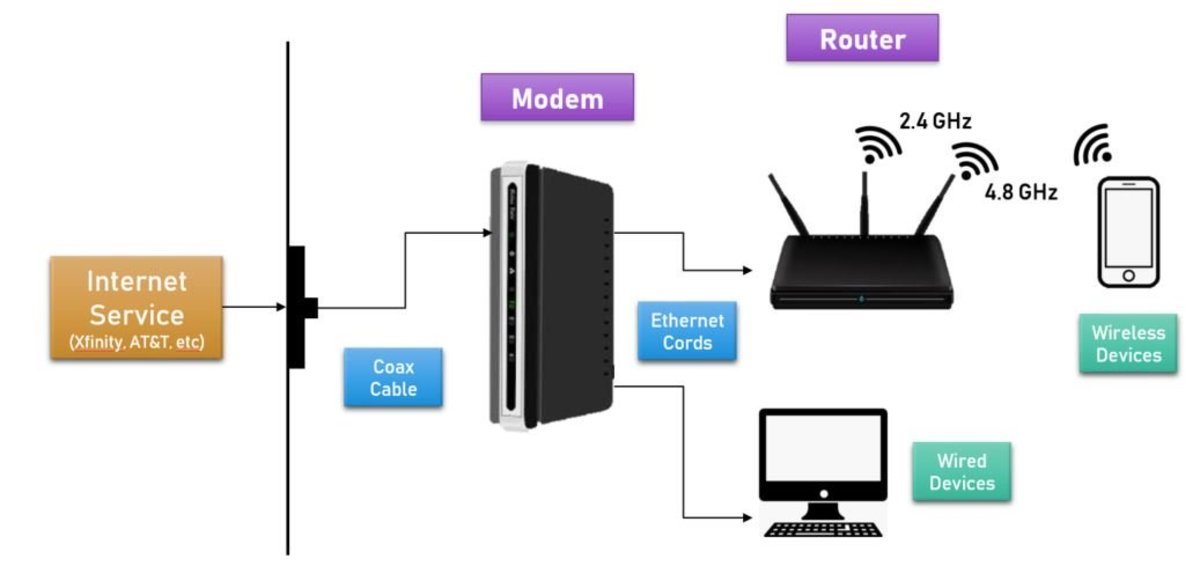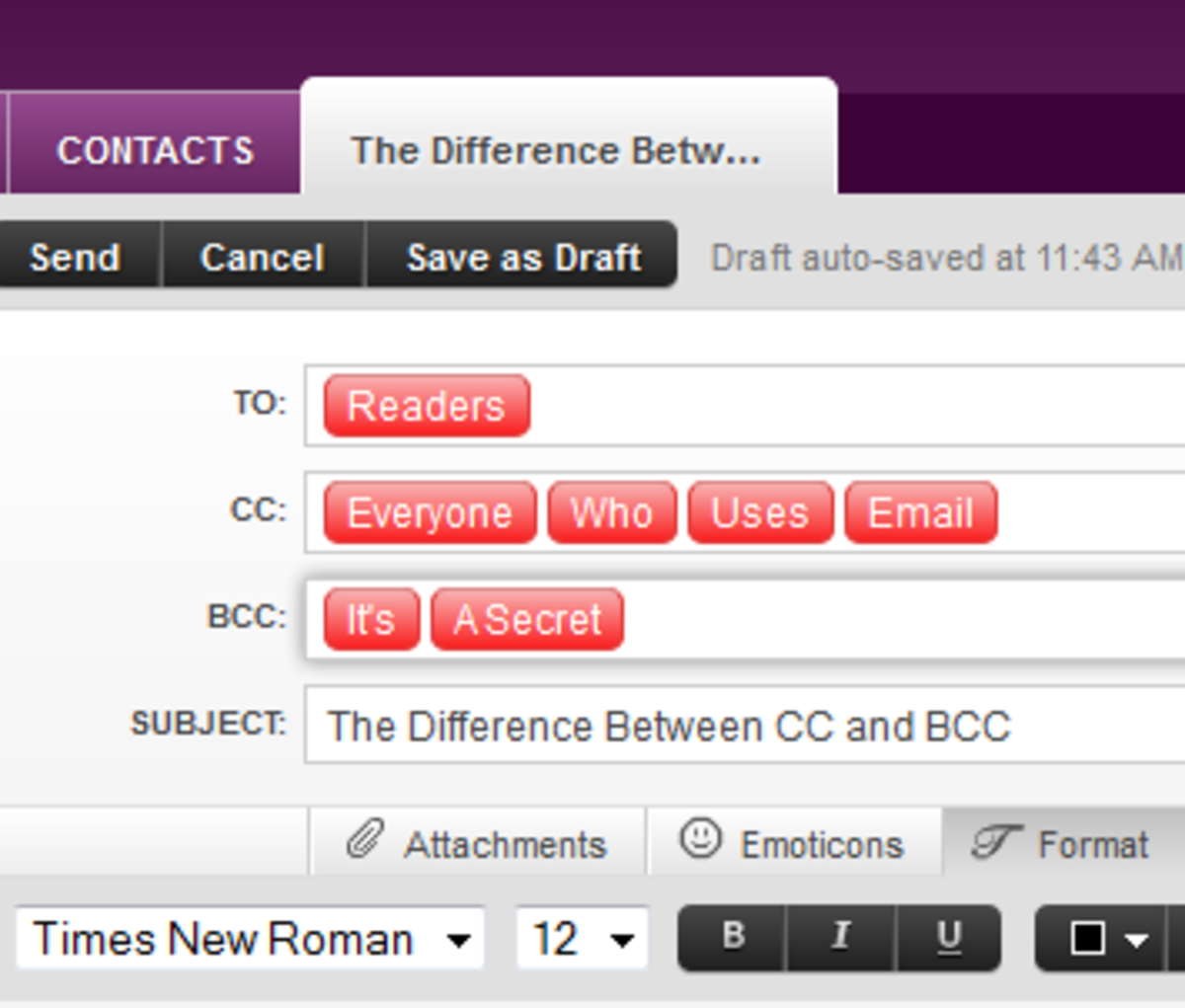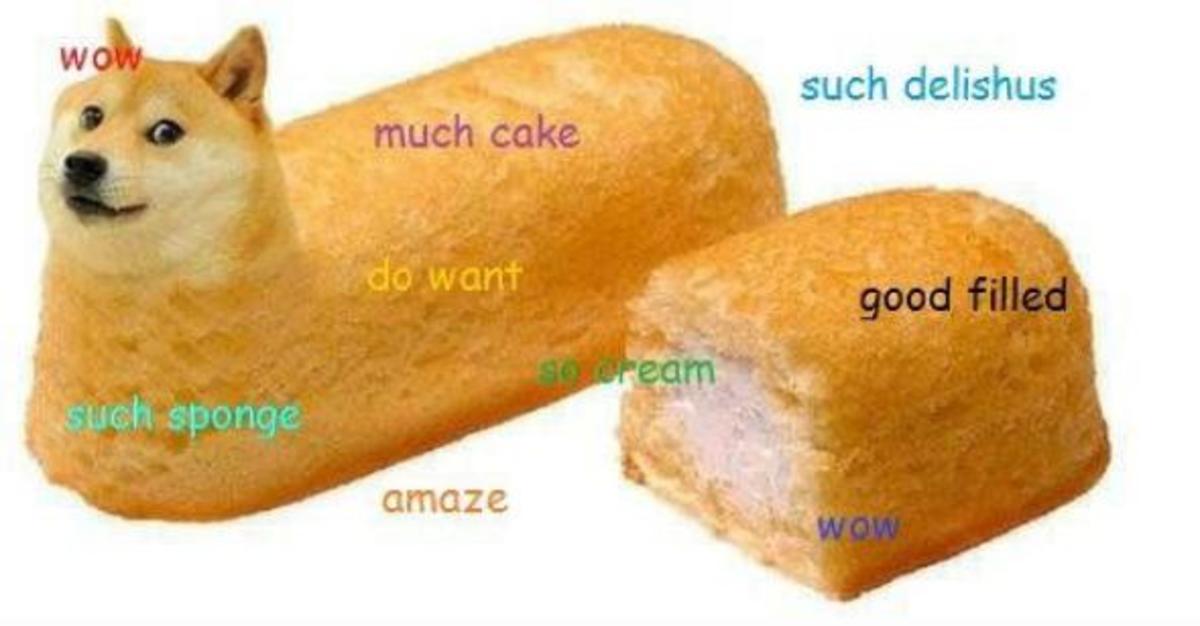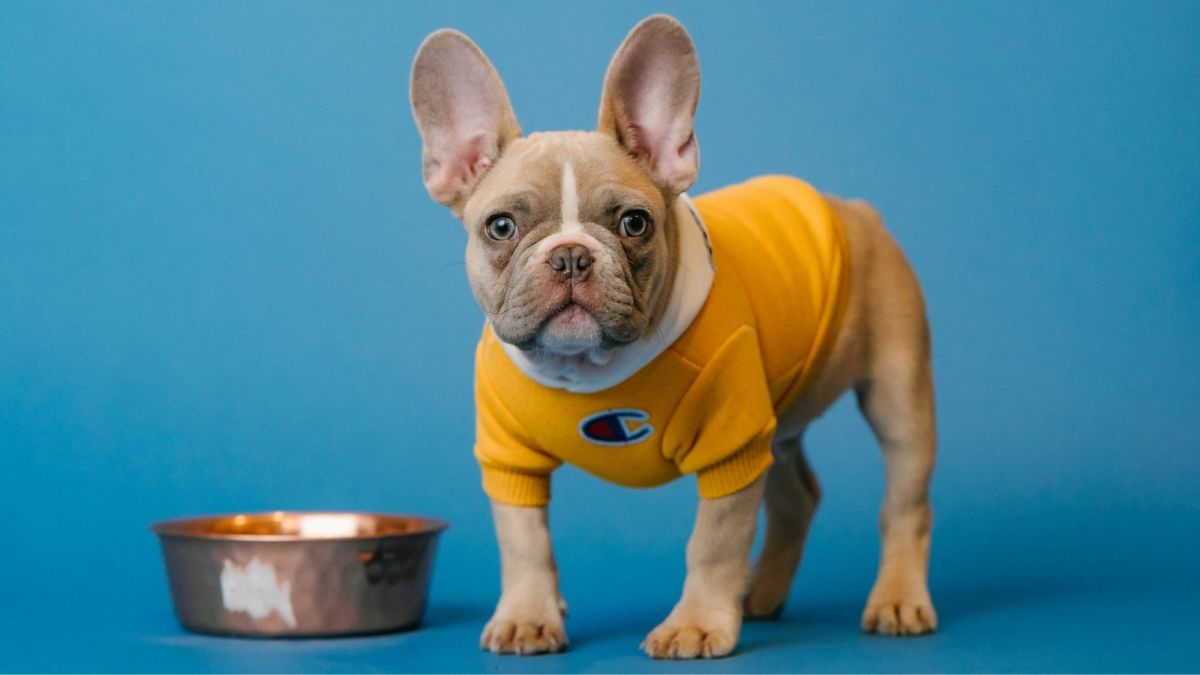Difference between Its and It’s
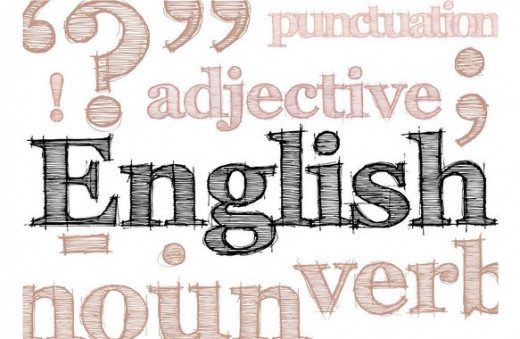
What is the difference between its and it's?
What is the difference between its and it’s? Many times I get confused when using these words to form sentences in my writings. How do I use its (without the apostrophe) and it’s (with the apostrophe)?
Its and it’s are among the most common words liable to be confused in the English language simply because they are pronounced the same way and almost have similar spellings. Many times I read sentences online and offline where I see a lot of writers using ‘its’ where they are supposed to be using ‘it’s’, and vice versa.
If you are one of those who often get these two words confused, then you should know that you are not alone. There are several others like you all over the world struggling to understand the difference between these two words. And that is the reason why I decided to write this article. I hope that by the time you have finished reading this article, you would have thoroughly understood the difference between its and it’s and how to go about using these two words correctly in sentences.
So without any further ado, let us now delve straight into the difference between these two highly confusing words.
“Its” (without an apostrophe)
Its is the possessive form of the pronoun it. It is therefore a possessive pronoun. A possessive pronoun is a pronoun that shows possession or ownership. Another example of a possessive pronoun is the word ‘yours’.
Examples:
- The book is yours. (Possessive pronoun ‘your’ is showing ownership)
- This is its. (The possessive pronoun ‘its’ is showing ownership)
‘Its’ is a possessive adjective too
In addition to being a possessive pronoun, its can also function as a possessive adjective. A possessive adjective is an adjective that is used to show ownership. An example of a possessive adjective is the word ‘my’.
Examples:
- That is my book. (The possessive adjective ‘my’ is showing ownership of the book)
- That is its tail. (The possessive adjective ‘its’ is showing ownership of the tail)
The Longman Dictionary of Contemporary English defines its as follows: The possessive form of it which is used “to refer to something that belongs to or is connected with a thing, animal, baby etc that has already been mentioned.”
Example: The room has its own bathroom.
Examples of ‘its’ (without an apostrophe) as a possessive pronoun
- The tail is its.
- The bowl is its.
- This is yours. That is its.
- The United Kingdom still insists that the Falk Islands are its.
NOTE: Possessive pronouns, in showing ownership, do not come before nouns or noun phrases. That is the reason why in the sentences above, the possessive pronoun ‘its’ never appeared before any nouns.
Examples of ‘its’ (without an apostrophe) as a possessive adjective
- The dog carried its puppy in its mouth.
- That is its tail.
- As soon as the dog saw me, it began wagging its tail.
- The chameleon can change its color at any time.
NOTE: Possessive adjectives always come before nouns and modify these nouns in order to show ownership or possession. That is the reason why in each of the sentences above, the possessive adjective ‘its’ appears before a noun.
Now that we have seen what the word ‘its’ is, let us now turn our attention to ‘it’s’ (with an apostrophe.
“It’s” (with an apostrophe)
It’s (with an apostrophe) is neither a possessive adjective nor a possessive pronoun. It is simply the short form or the contraction of the phrases “it is” or “it has”.
Examples:
In the sentences below, it’s is being used as ‘it is”.
- It’s coming for us.
- It’s too late to apologize.
- My teacher says it’s never too late to go back to school.
- I don’t think it’s his fault.
In the sentences below, it’s is being used as it has.
- It’s been raining since morning.
- I can’t believe it’s taken you this long to do the work!
- It’s broken the table.
- It’s been almost ten years now since they last saw each other.
Summary
“Its” (without the apostrophe) is a possessive form like my, your, his, our, their, etc. On the other hand, “it’s” (with the apostrophe) is just the short form of the phrases: It is or it has.
Its vs. it’s
Its
| It's
|
|---|---|
The cat has killed its kitten.
| It’s going to rain very soon.
|
Its color is blue.
| It’s not over until it’s over.
|
That is its cradle.
| It’s been a while since we last saw each other.
|
The lion went back to its den.
| It’s been there for ages.
|

